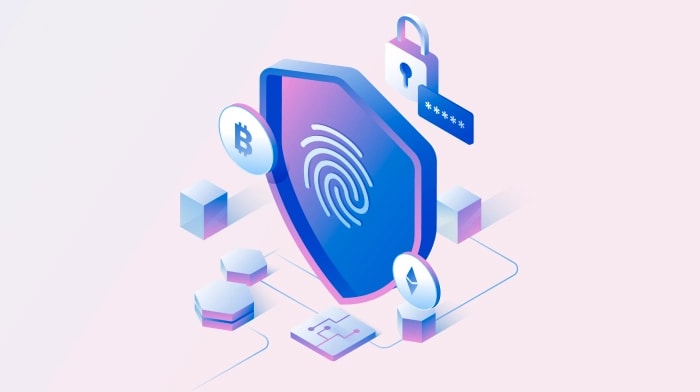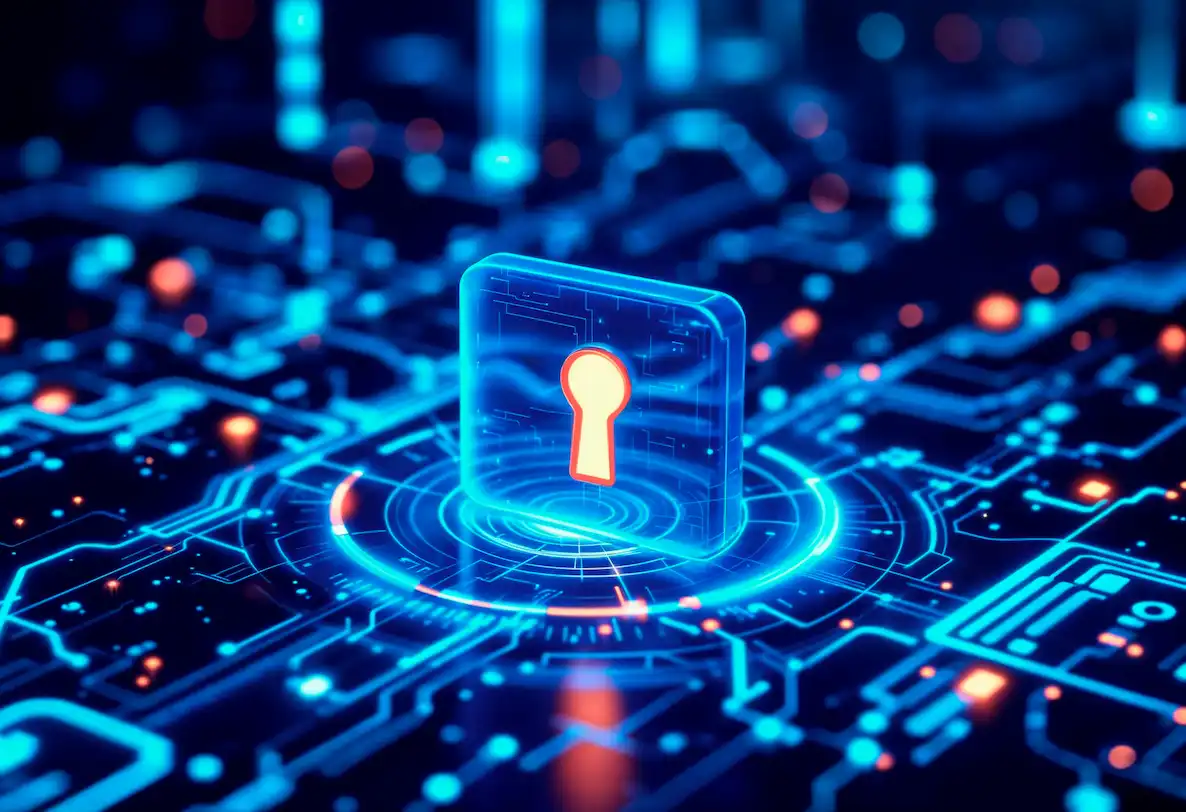
Introduction
We're living in a time where the internet connects us all. It's getting harder to build trust with people we've never met. As more of our lives move online, it's essential that we have systems in place that are honest, open and secure. This is where blockchain comes in - it's a game changer. By using blockchain, we can create trust in communities without needing to rely on middlemen.
The Evolution of Digital Interactions
The way we do business, interact with services and share information has changed drastically with the rise of technology. Along with these advances, we've also seen the emergence of weaknesses and concerns about trust. Cases of data theft, deception and secrecy have led many to question the reliability of our systems.
One approach to solving these problems is the development of blockchain technology, which involves creating community-driven records that promote openness and accountability.
What is a Digital Trust Ecosystem?
When it comes to creating a safe space, the idea of a digital trust ecosystem is pretty straightforward. Essentially, it's about building an environment where people can interact and share information without worrying about their safety.
A digital trust ecosystem is a web of players that use strong encryption methods to build trust and make secure transactions possible without needing middlemen. This approach changes the game when it comes to establishing and keeping trust in digital spaces.
Key Characteristics
- Decentralization: No single entity has control over the network, preventing manipulation
- Transparency: Every participant can verify transactions as they happen in real time
- Immutability: Once something's been recorded, it's set in stone - transactions can't be altered or deleted
- Security: Uses cryptography and digital signatures to ensure secure interactions
- Consensus: The system relies on consensus mechanisms to validate transactions
- Provenance: Tracking the history of goods and assets from start to finish
Blockchain as the Foundation
Blockchain tech is the foundation for building trust systems. At its core, it's a way of storing data that's both transparent and unalterable. This setup tackles some of the key problems with trust in digital spaces.
Core Features That Build Trust
- No single entity has control over the network
- Every participant in the network can verify transactions
- Transactions can't be altered or deleted
- Security is achieved through cryptographic methods
- Consensus mechanisms ensure everyone agrees on valid transactions
- Complete tracking of asset history is possible
Real-World Applications
Digital trust is something that's really taken off in all sorts of industries:
- Supply Chain Management: Blockchain tracks goods as they move from suppliers to consumers
- Healthcare: Patients have control over who gets to see their medical records
- Identity Management: Secure digital identity verification systems
- Digital Voting: Transparent and secure election processes
- Cross-border Payments: Faster, cheaper international money transfers
Building a Blockchain Solution
Steps to Develop a Blockchain Solution
1. Problem Definition
- Determine what you're trying to accomplish
- Break down the problem into core components
- Identify where blockchain can add value
2. Assess if Blockchain is Necessary
Not every digital solution needs blockchain. Sometimes a traditional centralized platform is a better fit.
Consider blockchain when:
- Trust between strangers is crucial
- Eliminating middlemen would streamline operations
- An unalterable record is essential
- Transparency and provenance tracking are needed
Traditional systems work better when:
- Single party involvement with no outside interests
- Existing trust relationships are strong
- High-speed, high-volume transactions are required
- Privacy takes priority over transparency
3. Create a Proof of Concept
A proof of concept is a small-scale version designed to test feasibility. This helps with:
- Technical viability assessment
- Identifying potential flaws
- Demonstrating value to stakeholders
- Risk reduction before full-scale development
Development Process
Architecture Design
- Define scope and objectives
- Design system architecture and workflows
- Map out process flows for data and tasks
Platform Selection
- Ethereum: Comprehensive smart contract support
- Hyperledger Fabric: Enterprise-focused blockchain framework
- Corda: Built for financial services
- EOS: High-performance infrastructure for decentralized applications
- Stellar: Focus on cross-border payments
Consensus Mechanism Selection
Consider these factors:
- Security requirements
- Scalability needs
- Energy efficiency
- Network performance
Development Environment Setup
Essential tools include:
- Development frameworks and libraries
- Programming languages (Solidity, Golang, JavaScript, Rust)
- Testing and debugging utilities
- Wallets and account management systems
Implementation
Core Blockchain Functionality
- Peer-to-peer communication protocols
- Transaction management and verification
- Cryptographic identity systems
- Consensus protocol implementation
- Distributed data replication
- Smart contract scripting capabilities
- Define contract terms and business rules
- Write contract code using appropriate programming language
- Implement transaction functions
- Deploy contracts to the blockchain network
- Create user interaction interfaces
The Future of Digital Trust
Trust is now the cornerstone of any business or online interaction. Companies have to deal with a constant stream of transactions and data sharing, which can get pretty complicated. Blockchain technology is helping to build trust by bringing about a new level of openness and honesty.
Blockchain's decentralized design makes it a game changer. It tackles problems that have plagued industries for years - keeping data secure, verifying where things come from, and stopping fraud. By using blockchain, all sorts of fields are finding ways to work better, faster and more smoothly.
Industry Impact
As businesses start to explore blockchain, they're finding that it can be a game changer, helping them stay ahead of the curve in a world that's becoming increasingly digital. The technology is being used across industries from supply chain management and healthcare to banking and identity verification.
Creating a future we can rely on starts with finding ways to make things clearer, safer and more responsible. Blockchain technology is helping to build a future where transparency, security and accountability are the foundation of everything we do online.


